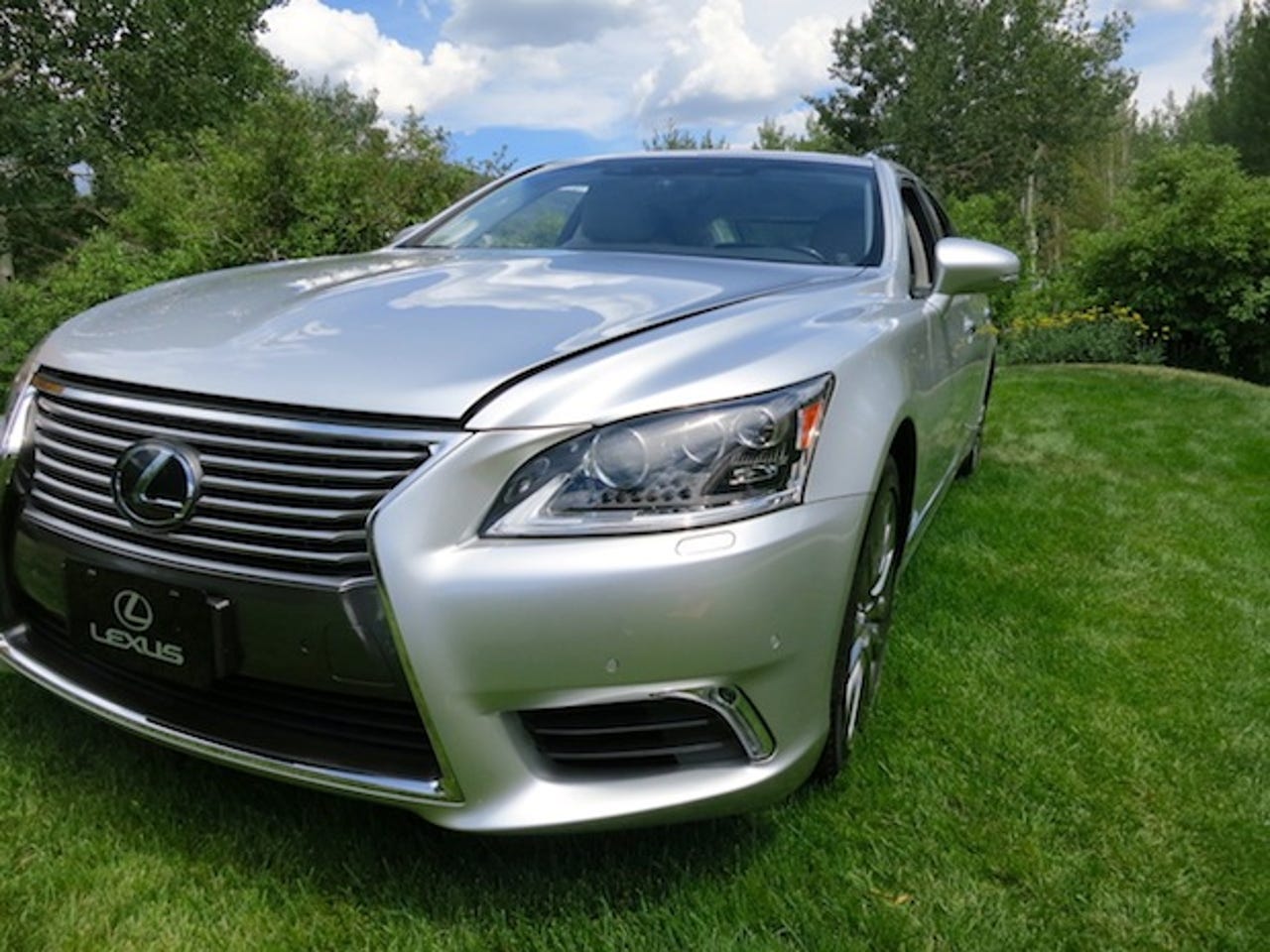Aspen Ideas Festival: Toyota VP outlines steps needed for 'automated' driving


ASPEN, COLO. -- You need to walk before you can run, and the same concept could be applied to driverless cars.
More from the 2013 Aspen Ideas Festival:
I sat down for a Q&A with Chris Hostetter, group vice president of strategic planning for Toyota in the United States, on Saturday at the 2013 Aspen Ideas Festival to learn more about how the auto giant is developing smarter technologies for its fleet of vehicles.
Hostetter oversees strategic research, advanced product strategy, environmental vehicle strategy at Toyota's Global Knowledge Center, a virtual university made up of distributors and dealers worldwide for best practices run through Salesforce.com solutions.
The fervor around "driverless cars," fueled by Google's own much talked-about prototype, is at the forefront of Toyota's concept car agenda.
But Hostetter pointed out that there are a number of steps that need to be taken before that dream ever becomes a reality.
He outlined what he referred to as "assisted driving," which essentially takes the best technology that can be installed in a car and matches it with the most intelligent resource in the vehicle: the driver.
As Hostetter explained, a vehicle might be able to sense a barrier or a pedestrian nearby, but the driver would be able to recognize better than a computer if the pedestrian changes his or her direction at the last minute.
"If we just try to turn that on and have people sitting in the back seat, is the public really going to want that? Maybe this has to be blended in over time so people can become aware," Hostetter suggested.
Thus, Hostetter described assisted driving as a "partnership," positing that automated driving can't happen until the integrated computer could recognize that 100 percent of the time on its own.
Toyota is investing upwards of $50 million in developing assisted cars, which are being designed and built to be smarter and more capable on their own -- but they can't operate with someone behind the wheel yet.
Thus, Toyota introduced its Collaborative Safety Research Center, which is made up of 15 universities and hospitals working on 26 safety projects to pool and develop upon fundamental knowledge about cognitive behavior, engineering issues, and more.
"We need to involve a community of people in order to achieve these goals because [the technologies] are so new the regulative community doesn't know about it," remarked Hostetter.
Ultimately, Hostetter hinted that the roadmap (pun intended) will extend beyond smarter cars to enabling smart intersection and vehicle-to-vehicle communications in order to prevent collisions, injuries, and fatalities.
Setting technology aside for a moment, Hostetter pointed toward a barrier that might prove much more difficult to surpass: trust.
"If we just try to turn that on and have people sitting in the back seat, is the public really going to want that? Maybe this has to be blended in over time so people can become aware," Hostetter suggested.
Right now, Toyota is already implementing some advanced safety innovations on the Lexus LS sedan, which is already on the market.
As for improved efficiency when it comes to fuel, Toyota also had its FCHV-adv Fuel-Cell Hybrid Vehicle on display in Aspen this past weekend.
Hostetter specified that it is a fuel-cell vehicle that uses hydrogen, and the byproduct is water.
"It's not a combustion process at all. It's a very digital process," Hostetter continued, further describing it as an "improvement on the electric vehicle" because it can go up to 440 miles on a single refill compared to 50 miles on a single charge.
Hostetter asserted that because it only takes four to five minutes to fill a tank, much like at a standard gas station, there is no inconvenience or compromise enforced upon the customer.
What is still needed is the infrastructure, said Hostetter. Referring to it as a "chicken and egg-type" issue, Hostetter admitted there is the question of whether or not there will be enough hydrogen fueling stations when these vehicles are ready for customers to buy.
Toyota reps estimated that there roughly only 20 hydrogen fueling stations in California alone.
Right now, Toyota has rolled out approximately 100 prototypes of this car, with a mass-market launch schedule for mid-2015.